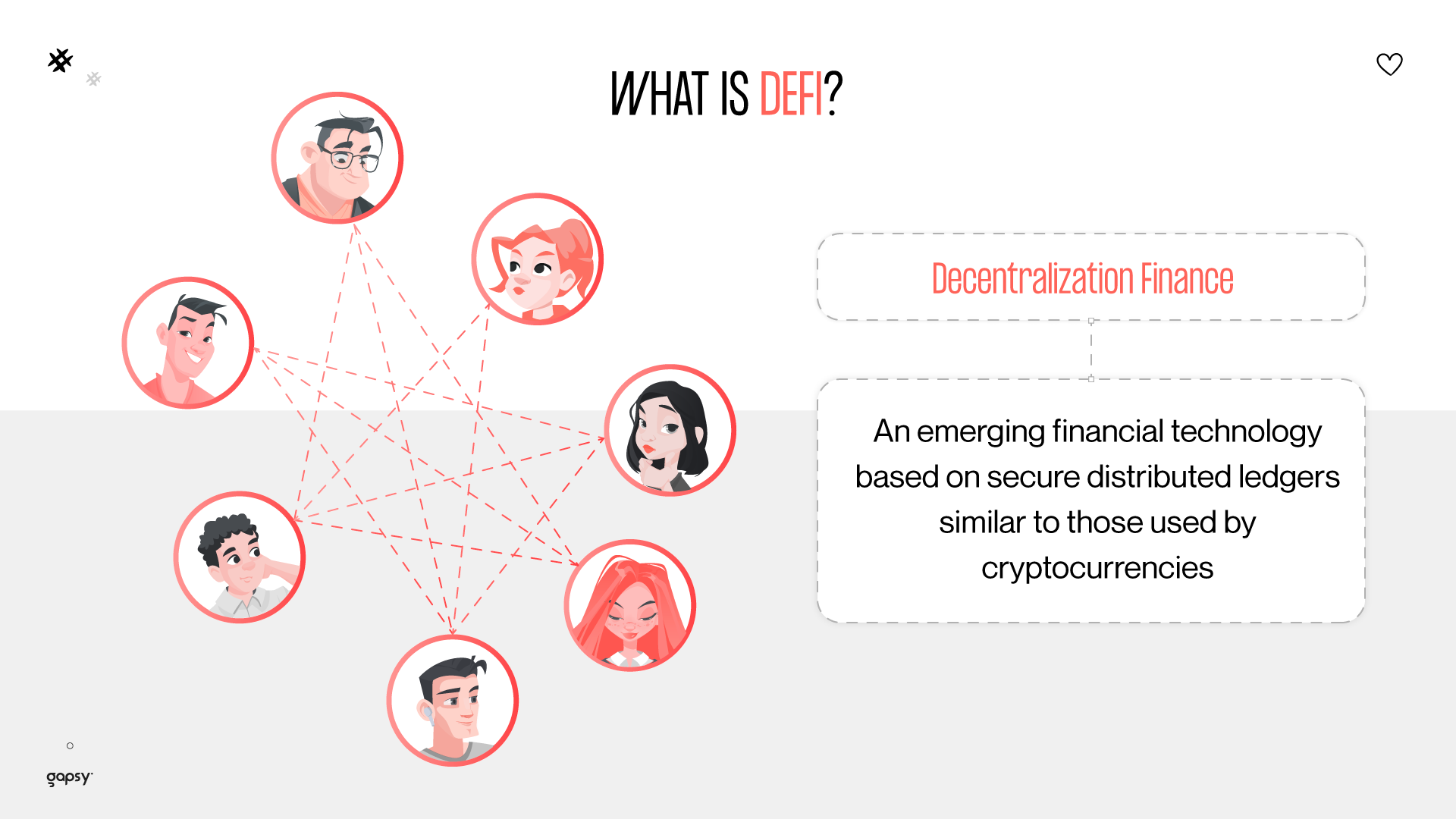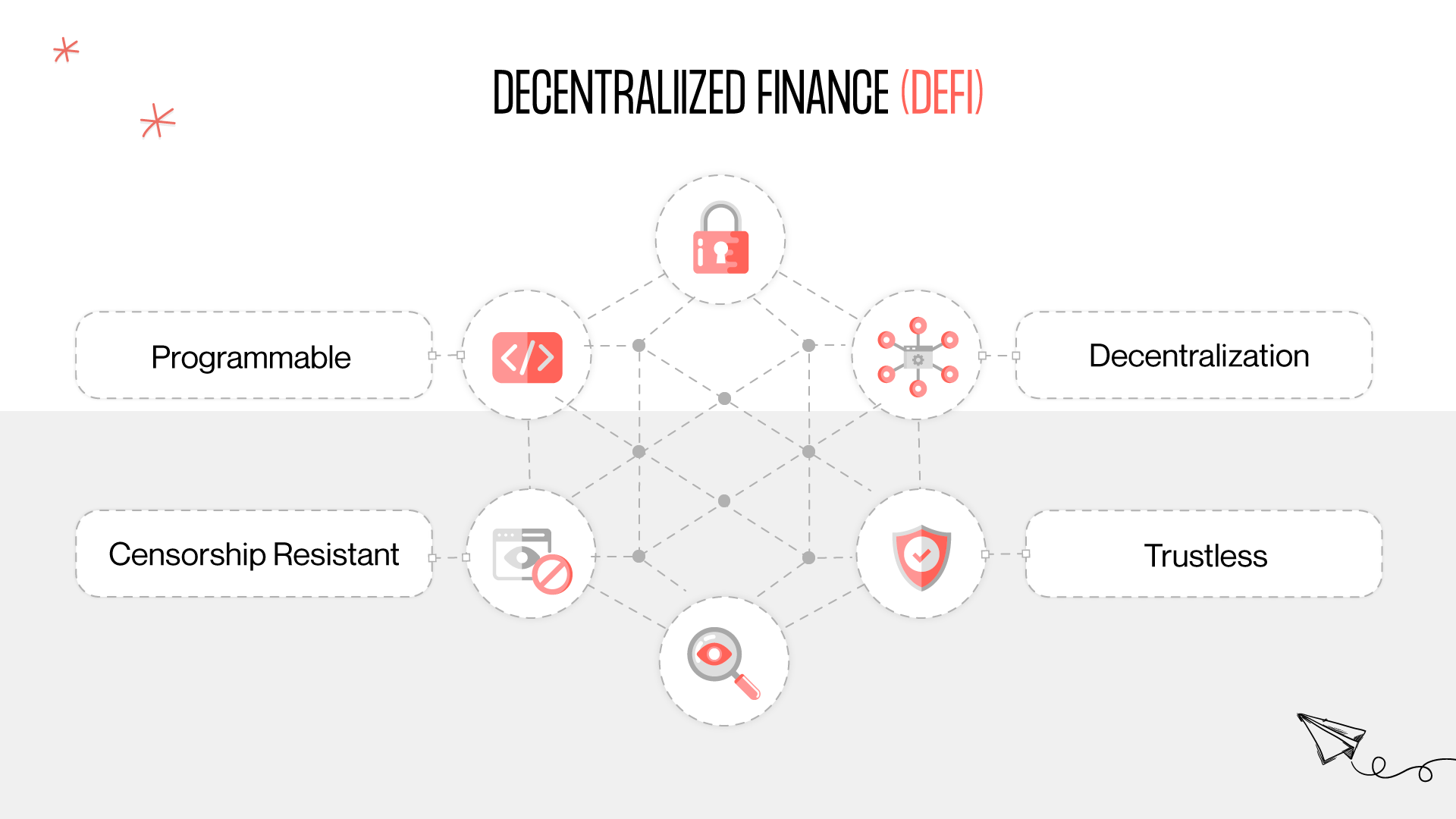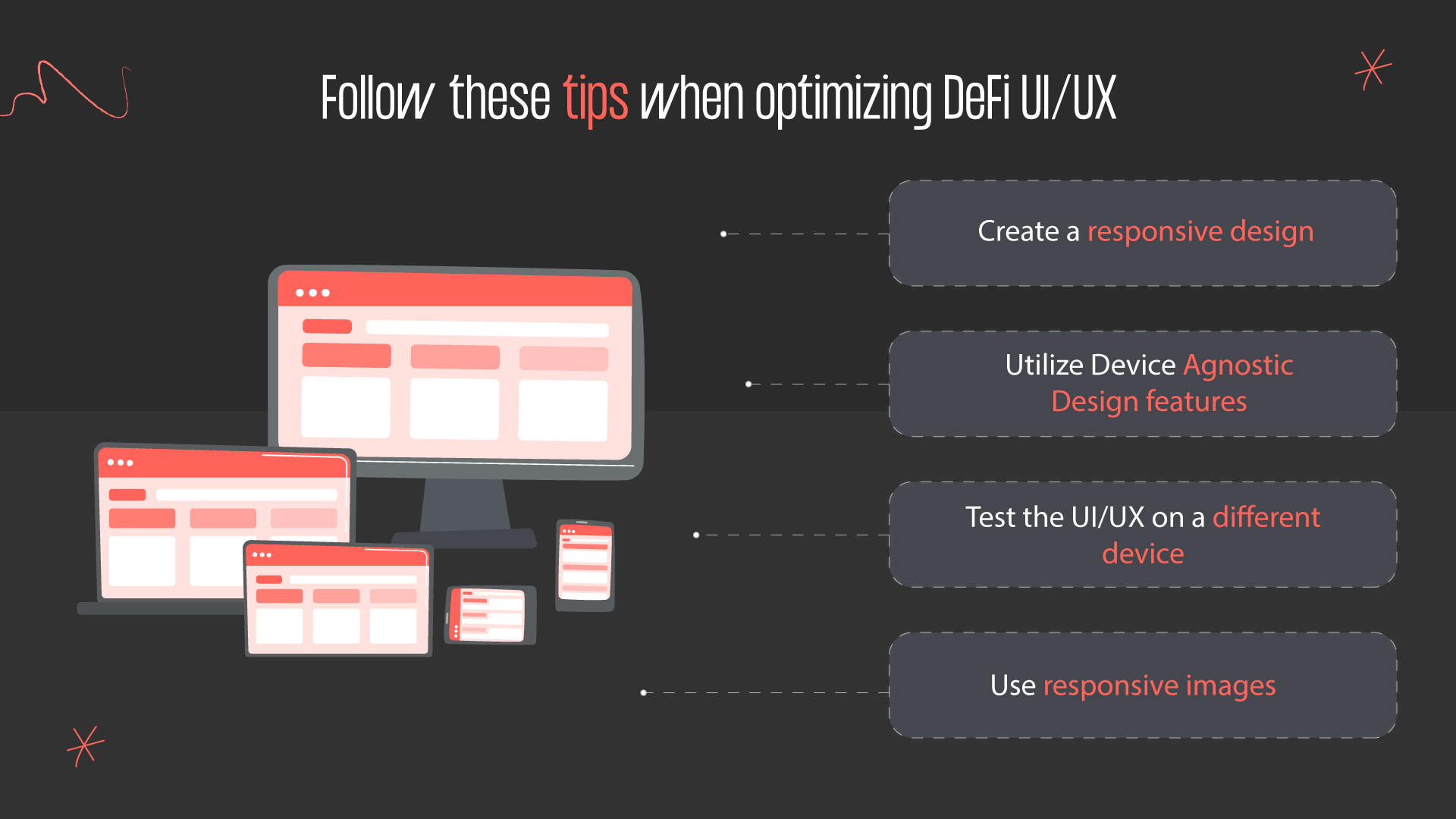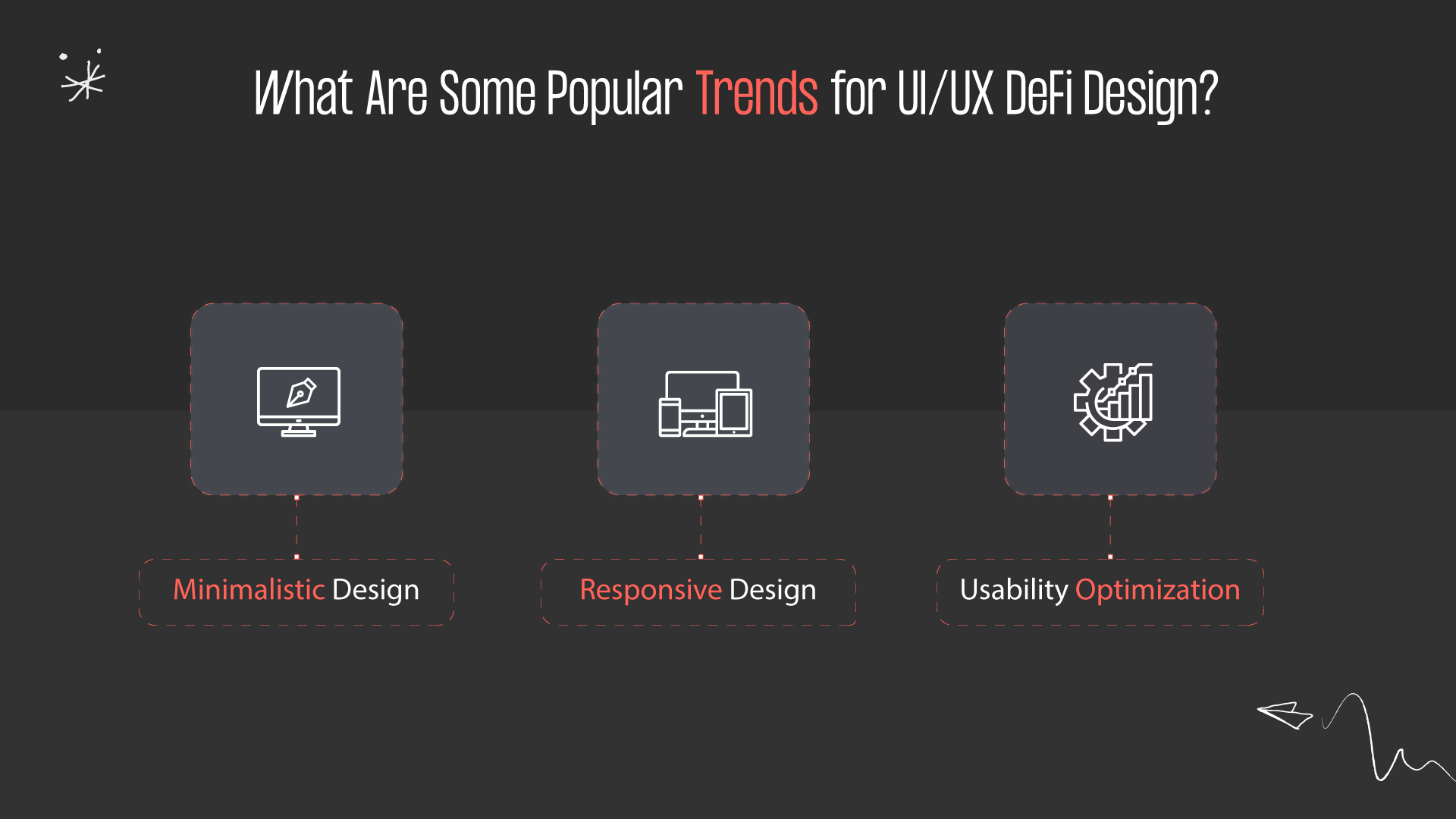The decentralized finance (DeFi) space is revolutionizing how people manage their finances and interact with the global economy. With the rise of DeFi protocols and applications, users need a user interface (UI) and user experience (UX) that is both innovative and secure. To meet the ever-evolving needs of DeFi users, developers and designers must create UIs and UXs that allow people to easily access their funds, make transactions, and interact with other users in the DeFi ecosystem.
This article outlines some key considerations for designing a successful DeFi UI/UX. We will discuss the importance of usability and security, user journey design, data visualization, and user testing. With a comprehensive understanding of these concepts, developers and designers can create a dynamic DeFi UI/UX that is both intuitive and secure for users.








